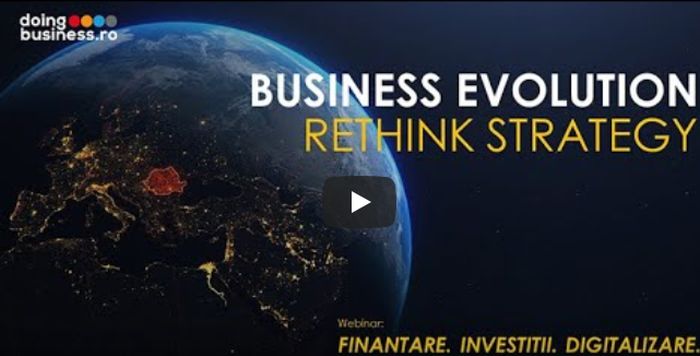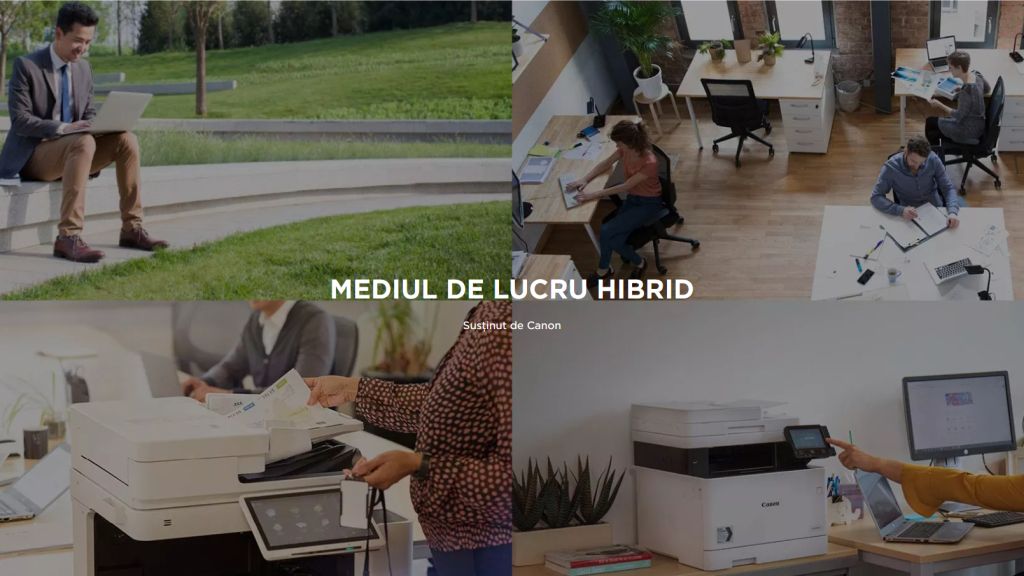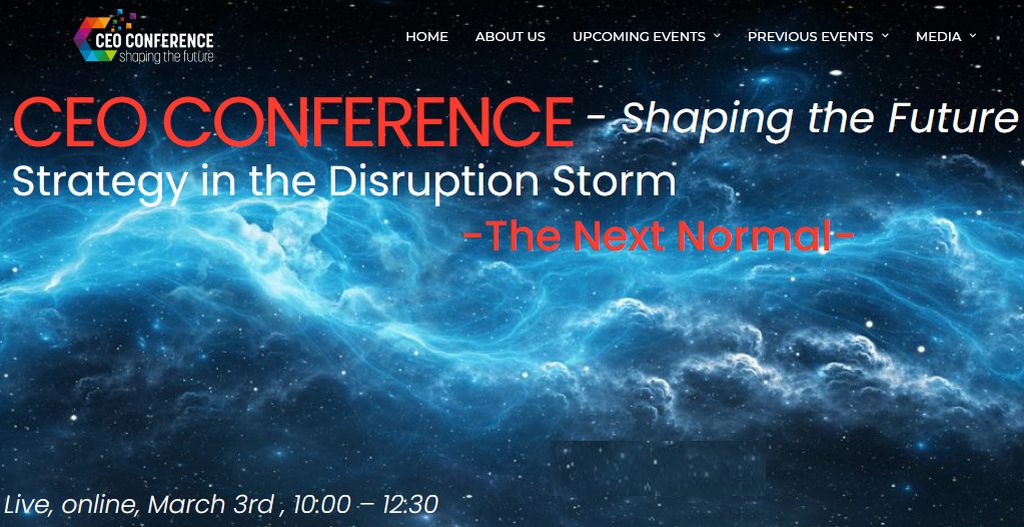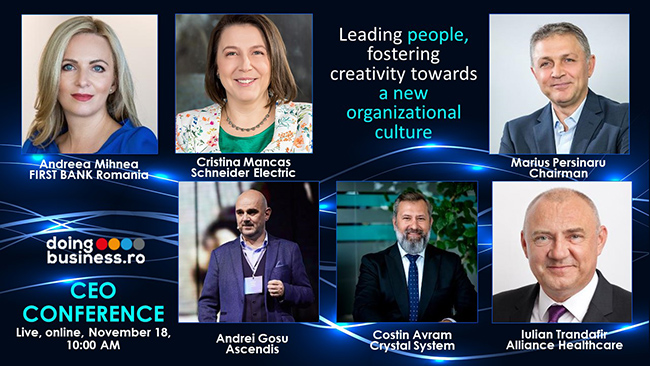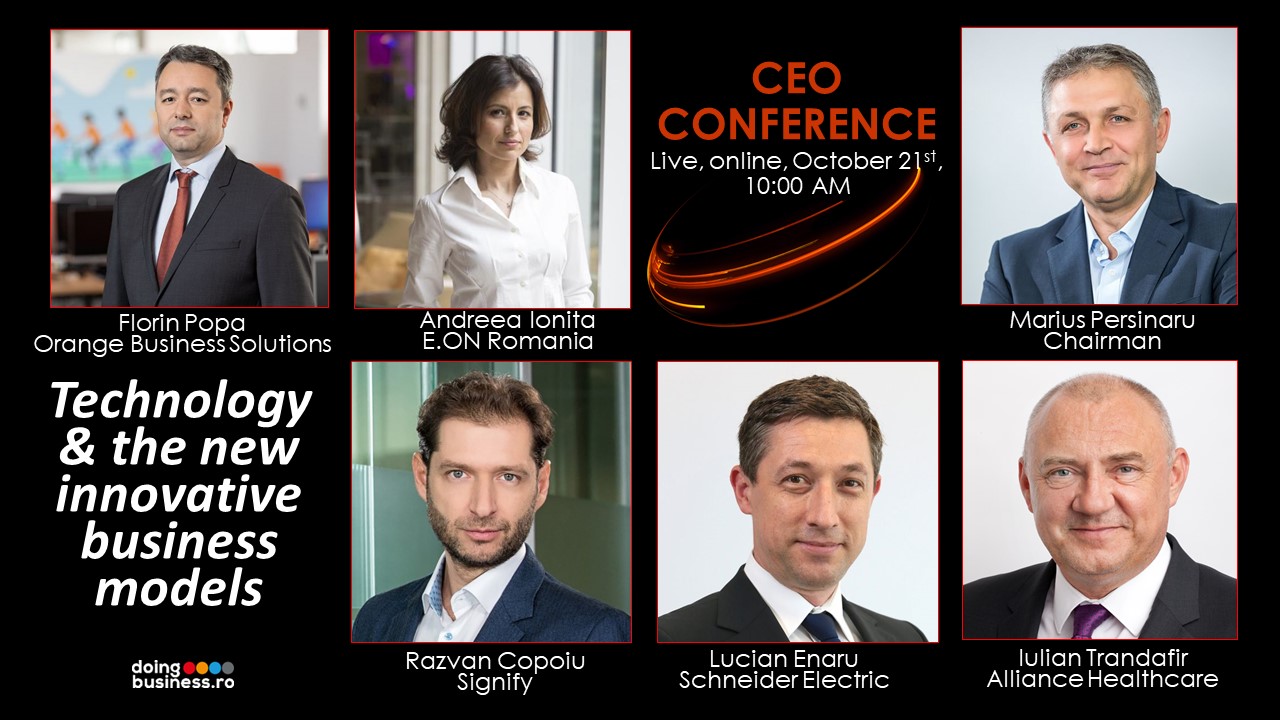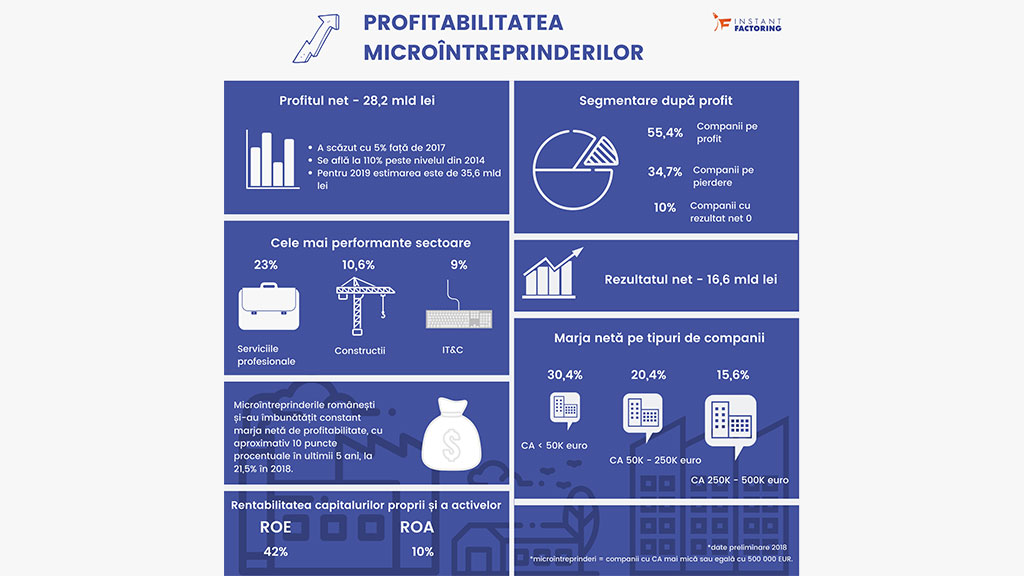Selling is no longer just about the product, the price and a convincing smile. In a world where we all have access to reviews, comparisons and alternatives with a click, the customer comes to the meeting with an almost formed decision.
The role of the salesperson is not to "convince at all costs", but to visibly, with tact and elegance, influence the direction of the customer's thoughts and emotions.
Therefore, selling is a persuasive process "in sight". Not behind the scenes. Not subtle to the point of invisibility. In sight. Transparent, coherent and efficient.
In addition, precisely because it is such a visible and measurable process, the modern salesperson needs real persuasive communication techniques. Not slogans. Not cliches but clear, tested, trainable methods.
What does persuasive communication mean?
Essentially, it means transmitting a message in a way that not only informs, but also changes perceptions, influences decisions and creates a desire for action.
In sales, it is the difference between "the customer is still thinking" and "the customer asks for the contract".
Persuasive communication is not manipulation. It is art, plus psychology, plus good intention. Because effective salespeople do not just sell products. They build trust and open doors to lasting collaborations.
Here are seven advanced persuasive communication techniques that can turn a simple pitch into an "aha!" moment for the customer.
1. Controlled contrast technique
How does this technique work? The human brain understands relative value, not absolute.
From a neuroscientific perspective, decisions are processed largely by the limbic system (the emotional brain), and comparisons activate the orbitofrontal cortex, responsible for evaluating the relative value of an option.
In other words, we do not evaluate whether something is cheap or expensive in absolute terms, but whether it is better than the alternative.
This explains why, when you present two options, one more expensive (Option A) and one average (Option B), the customer’s brain “anchors” to A as a reference and will perceive B as more balanced and “reasonable”.
This initial anchor creates a value perception effect called anchoring bias.
How do you apply it? Very simple: first present the more expensive option, without pressure, just for context. Then introduce the “average” option as the realistic, personalized solution for the customer.
Here is an example from software services: “We have the Enterprise version, which is suitable for companies with operations in several countries, includes dedicated training and 24/7 support. However, for your current needs, the Professional version is ideal. It has everything you need to streamline processes, without unnecessary costs.”
Another simpler example? “The Premium package includes everything, but it’s for large companies. The Standard one, on the other hand, offers what you need now and allows for later scaling”.
2. The directed question technique
How does this technique work? From a neuroscientific point of view, questions act as cognitive triggers. When the customer hears a well-formulated question, their brain is “forced” to look for the answer in the context of their own experience and needs. Thus, they are no longer a spectator of your offer, but become an active participant in the decision.
Moreover, directed questions also activate the limbic system, especially when they are related to personal benefits (for example: time saved, reduced effort, professional success), which gives them additional emotional value.
How do you apply it? Instead of stating generic benefits, turn them into specific questions that move the conversation into the customer’s reality. This way you create a favorable mental frame for the decision, without pressure and without directly “selling”.
Here is an example from logistics: “If you could reduce delivery times by 20% in the next 3 months, what effect would this have on the relationship with current partners?”
Questions create a mental framework. The client begins to search their mind for answers from your perspective.
3. Paraphrased mirroring technique
People tend to emotionally connect with those who understand them because the human brain is deeply motivated by connection and validation. When someone feels understood, regions of the brain associated with empathy, tension reduction, and openness to collaboration are activated.
Additionally, mirroring activates mirror neurons, which play a key role in rapport-building and spontaneous empathy.
When you intelligently paraphrase what the client has said, without parroting it, their brain sends a “YES, you get me!” signal, which reduces defensiveness, increases trust, and opens the door to persuasion.
How do you apply it? Listen carefully and restate the essence of what the client said in your own words in a way that adds clarity, structure, or meaning. You don’t just “mirror” the problem mechanically, but you translate it into a clearly expressed need, ideally related to your solution.
Here’s a simple example from digital marketing:
Client: “We run campaigns, but we don’t know exactly what works.”
Salesperson: “I understand that you have campaigns that are bringing results, but without clarity on attribution. Therefore, you need a solution that will clearly show you where you are wasting budget and what is working. Right?”
So, remember and reproduce the essence of what the client said in your own words. However, clearer and more valuable.
4. Emotional anchoring technique
What do we all know? Emotions are the engine of decisions. We also know that decisions are not made exclusively by the prefrontal cortex (rational), but deeply involve the limbic system, responsible for the emotional evaluation of the experiences people have.
When a choice is associated with a positive emotional state, of safety, trust, joy, the brain creates an emotional anchor. This association acts as a mental shortcut: “if person X makes me feel good, X is the right choice.”
This mechanism is often unconscious and more powerful than logical arguments, especially in conditions of uncertainty or decision-making stress. That is why salespeople who know how to link benefits to positive emotions influence decisions much more effectively.
How do you apply this technique? When presenting the benefits of a product or service, avoid cold and abstract formulations.
Connect them with emotional states relevant to the customer: peace, control, recognition, excitement, comfort. Use real examples, preferably expressed by other customers.
Here is an example: “One of the CFOs I work with recently told me: ‘For the first time in two years, I closed the month without stress, because I knew the system was giving me all the correct data on time.’”
One more thing: for even better results, use sensory expressions, such as “seeing the big picture,” “feeling in control,” “breathing a sigh of relief.” The brain reacts more strongly to mental images than to numbers.
So, remember that associating the product with a positive state increases the chances of success.
5. The mini-storytelling technique
Why does it work? In short, because the brain remembers stories better than data. The brain absorbs narrative information. When we hear a story, not only the auditory cortex is activated, but also the areas of the brain associated with real experience: the sensory, motor cortex and limbic system.
In other words, a well-told story makes the client’s brain symbolically experience the described situation, which creates emotional resonance and promotes memorability. This phenomenon is known as neural coupling, and the effect is much more powerful than a simple list of benefits.
What do you have to do specifically? Use a short but clear story about a real client with a similar challenge and a concrete result. Emphasize the context, your action and the benefit obtained.
Does an example help? Here is one: “A year or so ago, I was working with an accounting firm that was having data security issues.
After we installed our system for them, they had zero incidents in the past 12 months, and their clients noticed and started recommending them more often.”
6. The intentional pause technique
A well-placed pause captures attention and creates anticipation. A pause is not a vacuum. It is a stimulus for the brain. From a neuroscientific perspective, pauses trigger a response in the prefrontal cortex, the area responsible for decision-making and evaluating meaning.
In addition, a well-placed pause activates directed attention, a process managed by the reticular activating system (RAS), which decides which stimuli deserve priority processing.
This means that when you intentionally pause before an important idea, the client’s brain suddenly becomes more attentive, because it feels like “something valuable is coming.” The pause creates anticipation, positive tension, and emotional impact.
How do you apply it? Use short 1-2 second pauses before key ideas or key questions. In sales, silence can also convey confidence, clarity, and trust.
Here is an example from consulting services: “We’ve analyzed all the data, we’ve understood your goals… (pause) and we have a solution that can bring you concrete results in less than 30 days.”
7. The “positive label” technique
Did you know that when you attribute a real positive quality to a person, they would tend to act in accordance with that label? People need identity coherence. That is why we want to act in accordance with the image we have of ourselves or that others reflect to us.
When we assign a person a positive label (“we are the kind of people who…”, “people like you prefer…”), the brain automatically seeks to confirm that status. This is a mechanism known as self-verification and is based on the desire for congruence between perception and behavior.
Use this technique to associate the customer's choice with a quality: concern for efficiency, strategic vision, etc. People tend to act on the label they receive when it is positive, specific, and credible.
Want an example? "Most customers who, like you, carefully analyze their options end up choosing this option because it offers the best cost-benefit ratio".
The ingredient that helps you apply
These techniques only work if applied consciously and authentically. It is no use knowing the recipe if you never cook it.
Many entrepreneurs and sales managers invest in CRM, websites, campaigns, which is great. But if the people on the front line don't know how to communicate convincingly, we lose out exactly at the moment of truth: the conversation with the customer.
That is why continuous training of the sales team is not a fad. It is an investment in conversions, loyalty and reputation.
At Valoria, we teach these techniques and many others in a practical, fun and directly applicable way in the seller's daily life.
We do not do courses with boring bullet points and PowerPoints. We do exercises, simulations and live feedback. Because in sales you do not learn by watching, you learn by doing.
#valoria #sales #persuasion #skills #communication #training #clarity #results
About Valoria
Valoria is a consulting, training, and executive coaching company. Through our services, we help entrepreneurs to grow their business and make success concrete and predictable. Companies turn to us for marketing, human resources and sales consulting. We often respond to requests for training or coaching of management teams. Competence, trust, innovation and passion are the values we uphold in everything we do. We build long-term partnerships and collaborations, because we offer guaranteed results and the best quality, at the right price. Find out more at: www.valoria.ro.











